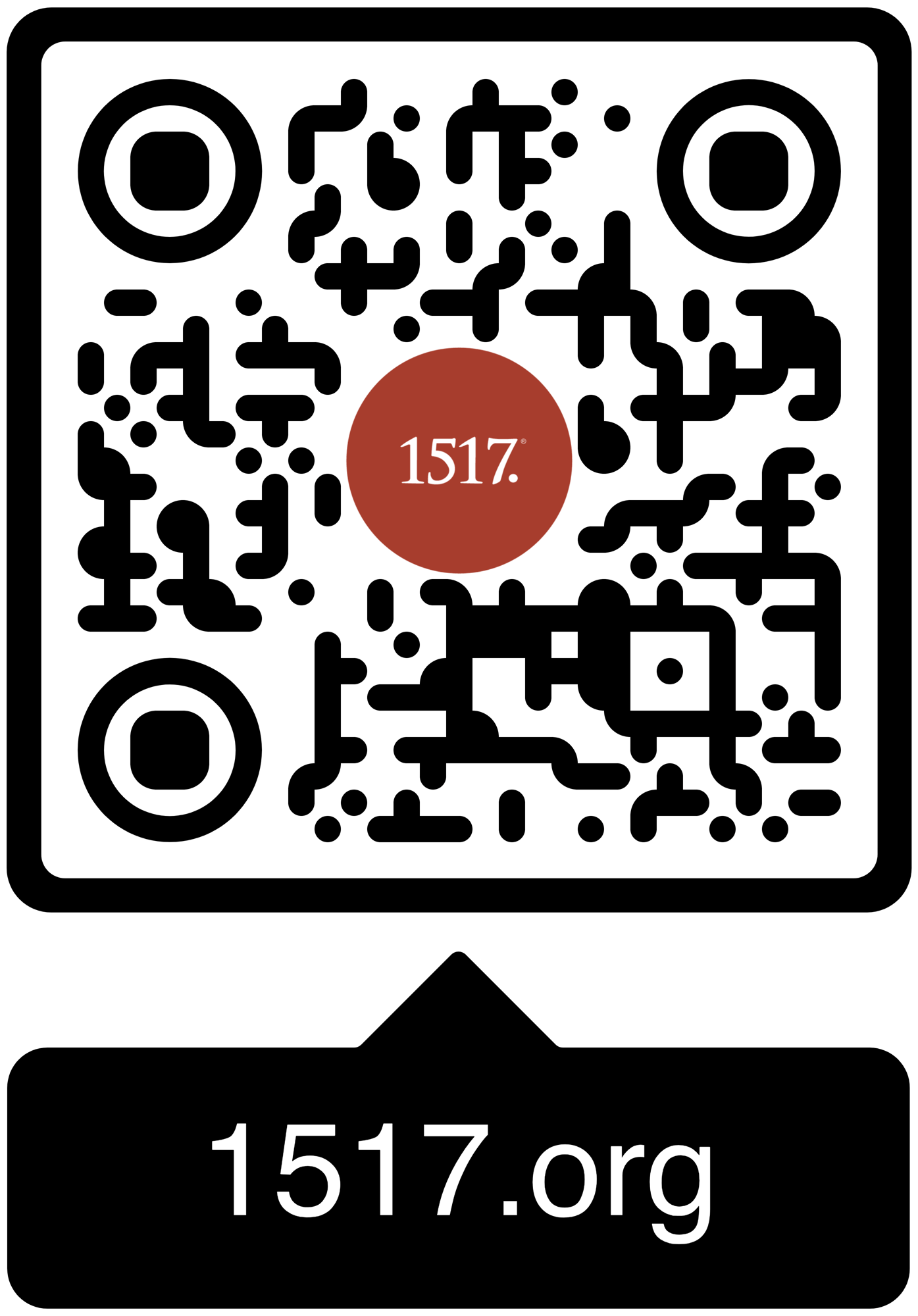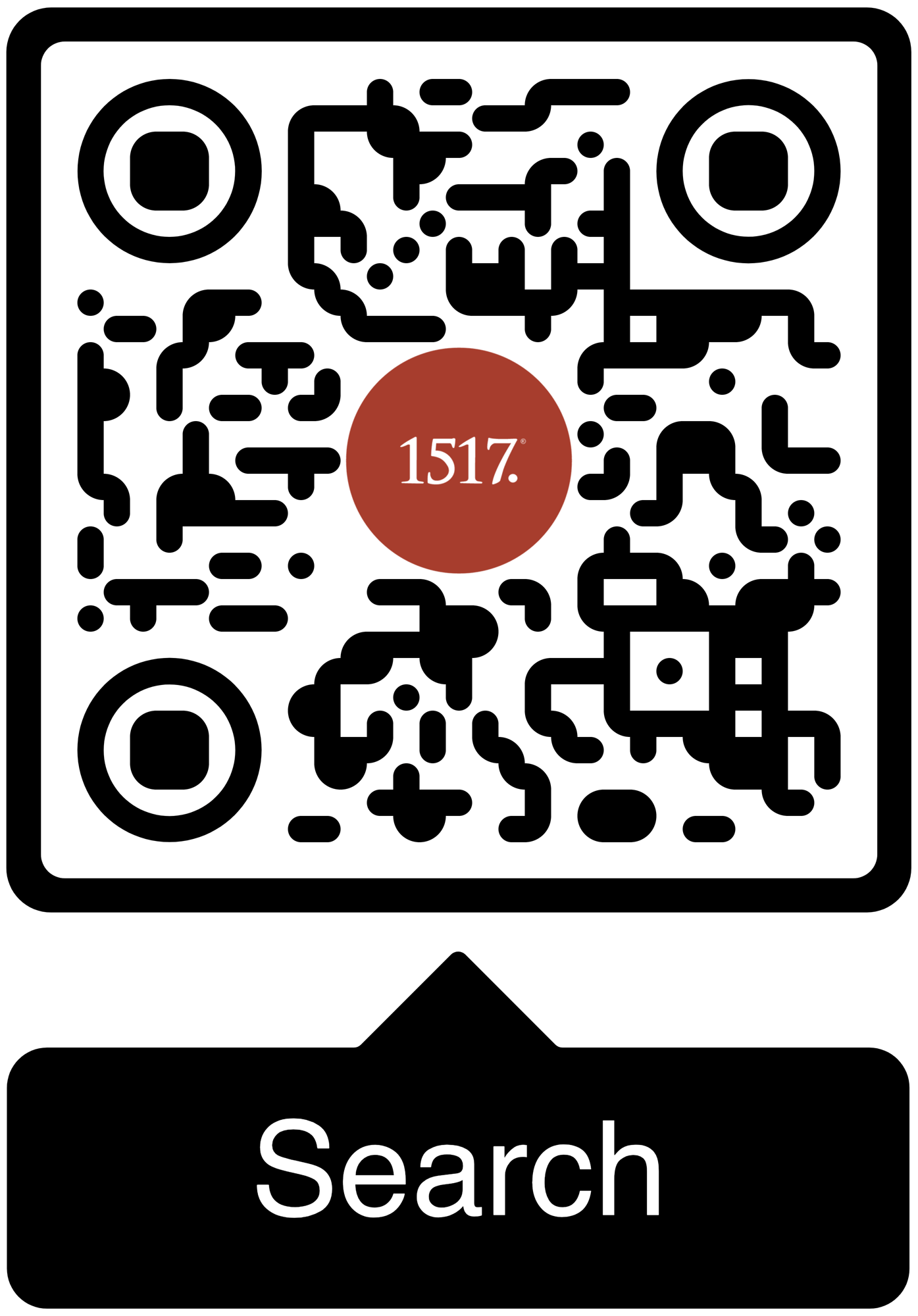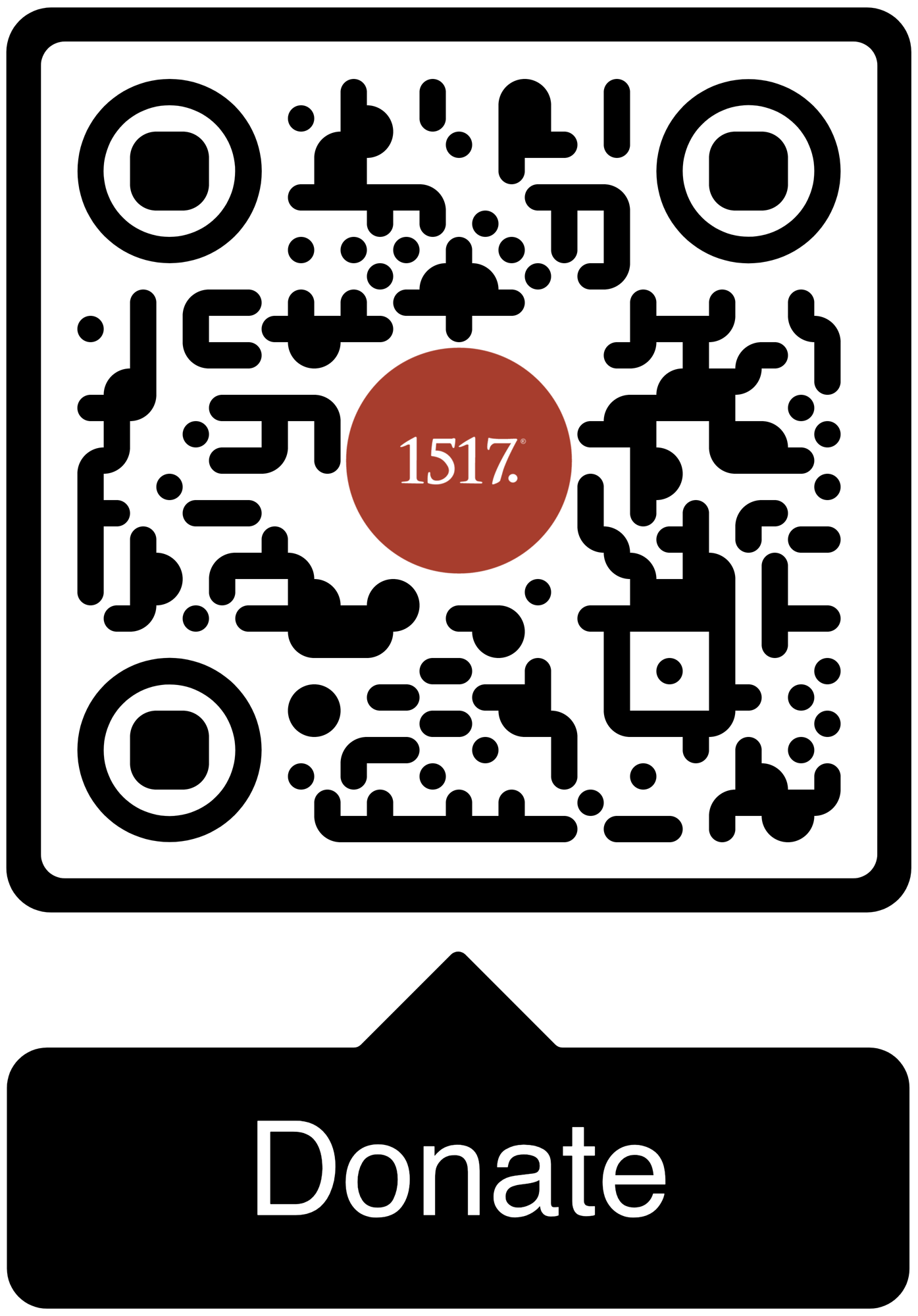Is the mission and work of Jesus over now since He is no longer here, or does it go on?
During Eastertide, the Church replaces the Old Testament lesson with selections from the Book of Acts. This is important for the Church as it reflects on the fundamental question left to consider after the resurrection and ascension of Jesus: Is the mission and work of Jesus over now since He is no longer here, or does it go on? The Book of Acts reiterates a simple answer to this question as it shows that the same mission, message, and work of Jesus continues through His Church.
In our reading for today we clearly see Jesus is still here because He literally showed up. The resurrected Lord made Himself known in brilliant light which knocked overzealous Saul to the ground. Saul is an extremely devout man. He was fighting for the faith with such fervor that he would make the most pious among us blush. However, even though he knew the word of God and was deeply convicted in his faith, he was still in the dark when it came to the Messiah. The whole point of the word of God was to lead to the Messiah and he spectacularly missed it. It is almost laughable how much he strayed from the center of his own faith. It was not until he would see the light (of the resurrected Jesus) that he would believe. His blindness closes his eyes like the stone over a grave on what he knew, and then three days later (verse 9) his eyes were opened, and he had a new life transformed by the life of Christ through faith and sealed for him in the waters of Baptism.
All of this is made more amazing when you consider the appointed Psalm for today. Psalm 30 is a psalm used for the Feast of Dedication. Also known as Hanukah, this feast celebrates with great joy and thanksgiving what God has done to preserve the life of His people. Strong themes of death and resurrection can be found in this psalm but especially in verses 3, 5, and 9 which prophetically point to Easter morning. The fun thing homiletically is how the modern telling of the Hanukah story always ends on this mournful and yet hopeful vision for light. They remember the miracle of light even as they wait in hope for the light of the Messiah still to come.
Now, here is what is fun in Eastertide. We have seen the light on Easter morning and now Paul has seen the light on the road to Damascus. So, Paul is faced with the fundamental question: If Jesus is raised, and He is, then that must change everything, correct? All he knew about faith, life, his purpose, and direction are different. He is receiving the hope of all the ages, the real deliverer and Messiah, Jesus. We have received Jesus as well. Through the light of the Gospel of Jesus Christ and in the waters of our baptism we see the hope of all the scriptures fulfilled for us in the Son of God. We no longer live in darkness, but we have seen the light as well! In Eastertide with the whole Church, we can, “Give thanks to the Lord forever” (verse 12)!
We no longer live in darkness, but we have seen the light as well.
Developing the image of light would serve the purpose of setting a progression for the sermon. Weaving in the themes of Paul seeing the light, the light of Easter morning, and the theme of light in Hanukah means the “Image Based Structure” will serve us well.
“This sermon structure uses a single image throughout the sermon and fosters devotional contemplation of an image.
In the opening of the sermon, the preacher describes the image for the hearers. The preacher then uses that image as a source for continuing devotional contemplation throughout the sermon: the image serves as a lens through which one views the textual exposition, the theological confession, the evangelical proclamation, and the hearer interpretation of the sermon. Having a single image lends coherence to the sermon.
As the preacher returns to the image periodically throughout the sermon, he may approach it in one of two ways: through a single focus or a multiple focus.
With a single focus, the image remains the same throughout the sermon. The preacher may approach that image from one perspective (for example, viewing the image from the perspective of the artist who created it) or the preacher may approach that image from a variety of perspectives (for example, viewing the same image from the perspective of different people who come into contact with it), but the image itself remains the same.
If approaching the image from one perspective, the sermon can reinforce a single theme in a variety of situations. For example, the first encounter with the image can establish a theme and then, as the preacher uses the image again in the sermon, it can locate that theme in relation to the text and then, later, in relation to the hearers.
If approaching the image from a variety of perspectives, the sermon can develop or unfold the theme. For example, the first encounter with the image could evoke an interpretation that will later be expanded or even corrected in the sermon. By changing how the image is seen, the hearers are able to track the basic development of a larger theme in the sermon. Each stage of development (e.g., moving from a misconception to a clearer vision, moving from application in terms of one’s relationship to God to application in terms of one’s relationship to others, or moving from repentance to forgiveness and finally to restoration) is captured by preaching the image through a different perspective.”[1]
------
Additional Resources:
Craft of Preaching-Check out out 1517’s resources on Acts 9:1-22.
Concordia Theology-Various helps from Concordia Seminary in St. Louis, MO to assist you in preaching Acts 9:1-22.
Lectionary Kick-Start-Check out this fantastic podcast from Craft of Preaching authors Peter Nafzger and David Schmitt as they dig into the texts for this Sunday!
The Pastor’s Workshop-Check out all the great preaching resources from our friends at the Pastor’s Workshop!
-----
[1] http://concordiatheology.org/sermon-structs/dynamic/imagistic-structures/central-image/





